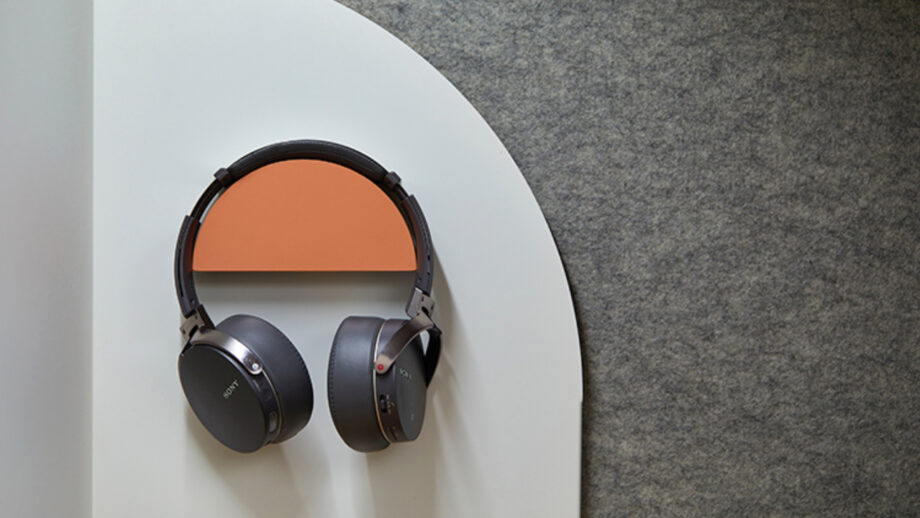Have you ever attempted to purchase a headphone on the internet? There’s nothing more you can say about it but how it looks. Have you ever had a circumstance when a headset you purchased online and received a week later after great anticipation didn’t turn out to be exactly what you expected?
Before making an internet purchase, most of us seek advice from trusted friends (you know who they are!). It’s often tough to tell how Becoming Insane would sound on a certain headphone unless you’ve tried it on, right?
You should be certain about the sort of headset you want to purchase. There are three main categories.
We all use in-ear headphones, also known as IEMs (in-ear monitors), on the move since they are extremely convenient and provide excellent sound quality. These are suitable for daily commuting, however, they are not recommended for prolonged periods. It’s possible that your ears will become irritated.
Supra-aural headphones are another name for them. They are larger, but they are not particularly pleasant to use for long periods. Furthermore, most on-ear headphones lack adequate sound isolation, allowing others in the vicinity to hear the audio as well.
The driver is the component in the headphone that produces sound. It usually consists of a magnet, a voice coil, and a diaphragm. It’s not a hard and fast rule, but the bigger the driver, the better the sound.
This is what you should look for in your headphone’s characteristics if you prefer to listen to loud music. The sensitivity of your headphones determines how loud they can be. The majority of headphones are approximately 110 dB/mW, and anything less than 85 dB/mW should be avoided at all costs.
The amount of power necessary for a headphone to function is referred to as impedance. Most mobile devices have adequate power to send the appropriate power to the headphones, but those with lower impedance can take advantage of the entire power to offer excellent sound. Those that require more electricity may not be able to get it.
Source: askmen


